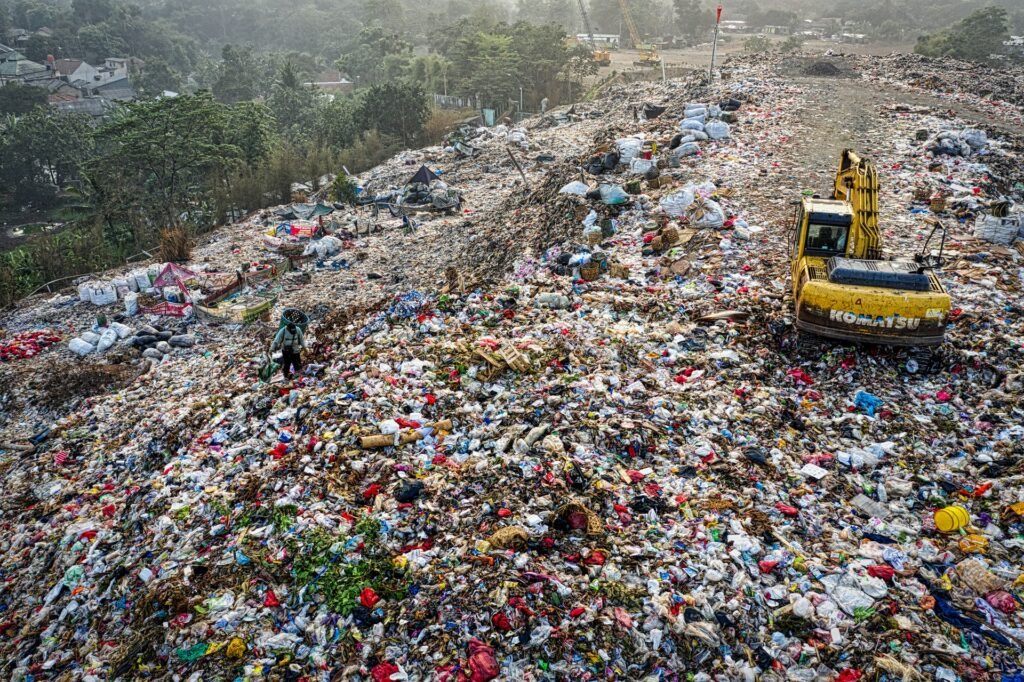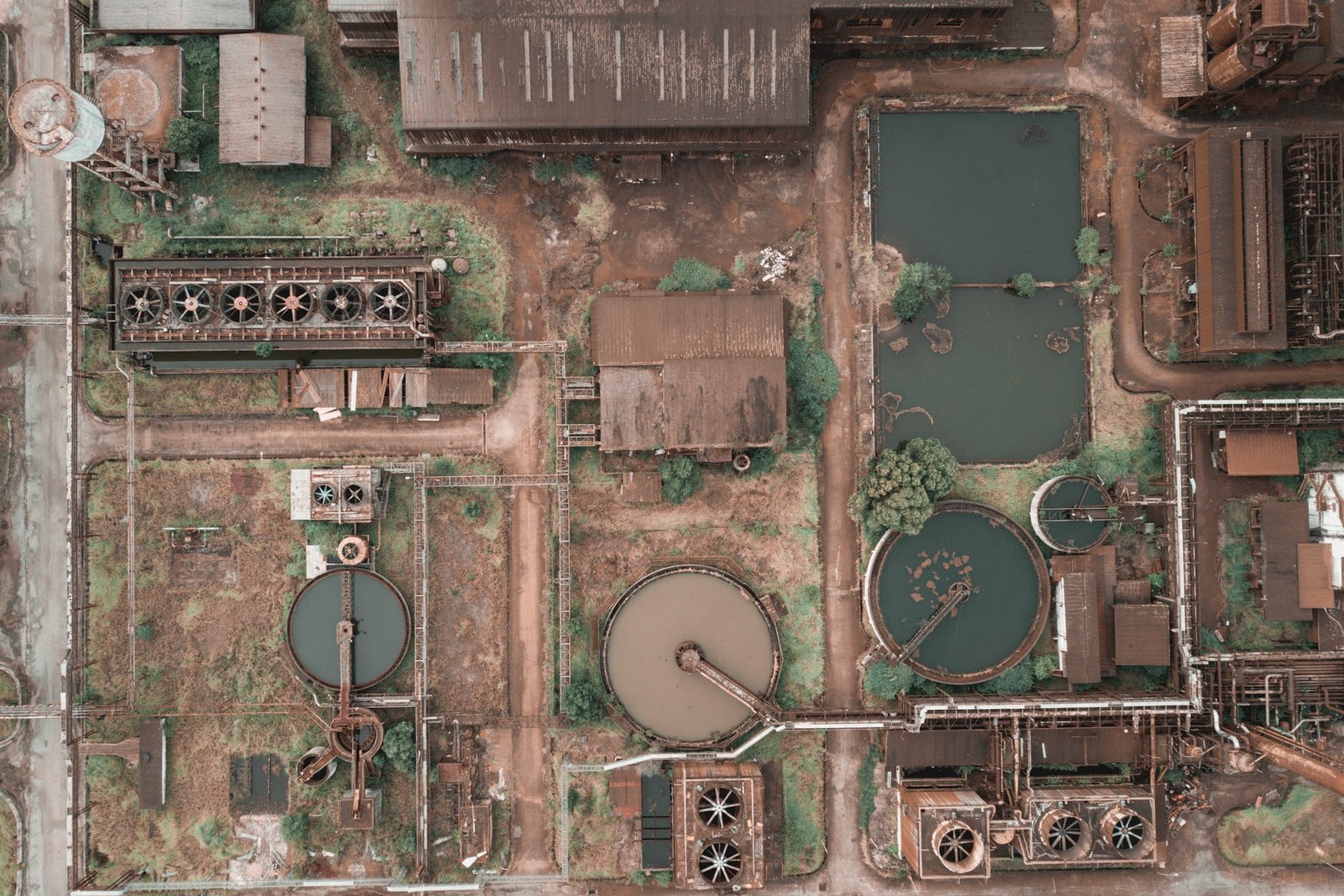Numerous industries keep America up and running. Certain ones get their fair share of attention because they’re at the forefront of people’s minds. These might include retail, transportation, food service, and hospitality. Of course, others operate in the background. They’re the ones that carry out their processes and services without much thought from the public. They create products that go on store shelves and fill people’s homes. They also manufacture countless items that keep other industries going.

Contents
The Aftermath of Manufacturing
In many cases, manufacturing facilities and other businesses use chemicals in their daily processes. Some are left with hazardous substances as a byproduct of their manufacturing techniques. Either way, those chemicals must be disposed of properly. If they’re not, they could harm the environment and become dangerous for people and animals. Failing to dispose of chemicals in the right way could also lead to hefty fines and serious legal ramifications. For many companies, chemical collection carts help keep those potential contaminants under control. Those who’d like to learn more about chemical collection carts will find ample information on them via the internet.
Common Sources of Hazardous Chemicals
Potentially dangerous chemicals can come from countless sources. Factories that make and use paints, stains, sealers, and similar products rely chemicals and ultimately need to dispose of them. Those could include furniture factories and metalworking facilities. Textile factories may also use and produce chemicals. Those substances are often used to dye fabrics, clean them, and make them fire retardant among other purposes. Printing, photo processing, and automotive shops may also use and generate substances that need to be disposed of carefully. Companies that create cleaning products work with chemicals and create chemical waste as well.
Disposing of Dangerous Chemicals
Only a handful of methods have been approved for safely getting rid of harmful chemicals and other substances. One of these is the use of underground injection wells. Though different types of injection wells have been developed for various purposes, one type is specifically reserved for the disposal of hazardous liquid waste. Chemical collection carts are used to gather and house those substances. From there, the tanks on the carts can be transferred to trucks or emptied into larger tankers. Then, the materials are transported to and pumped into injection wells.
How Injection Wells Work
Reports indicate there are approximately 800 injection wells for hazardous waste disposal in the United States. They’re created deep within rock formations and encased in cement and other protective materials. This prevents the dangerous materials from leaching into the soil and water supplies. These wells are closely monitored and held to stringent standards to prevent them from harming the environment.
Getting Rid of Hazardous Waste
Many types of chemicals are used within the industries that keep the world running. Different types of waste are generated during certain companies’ operational processes as well. Guidelines are in place to govern the disposal of various potentially dangerous materials. For liquid hazardous waste, underground injection wells are a suitable solution. In the past, toxic chemicals and other substances were simply tossed into rivers, caves, and other areas where they could easily become dangerous. Today, though, injection wells have helped to solve that problem.

